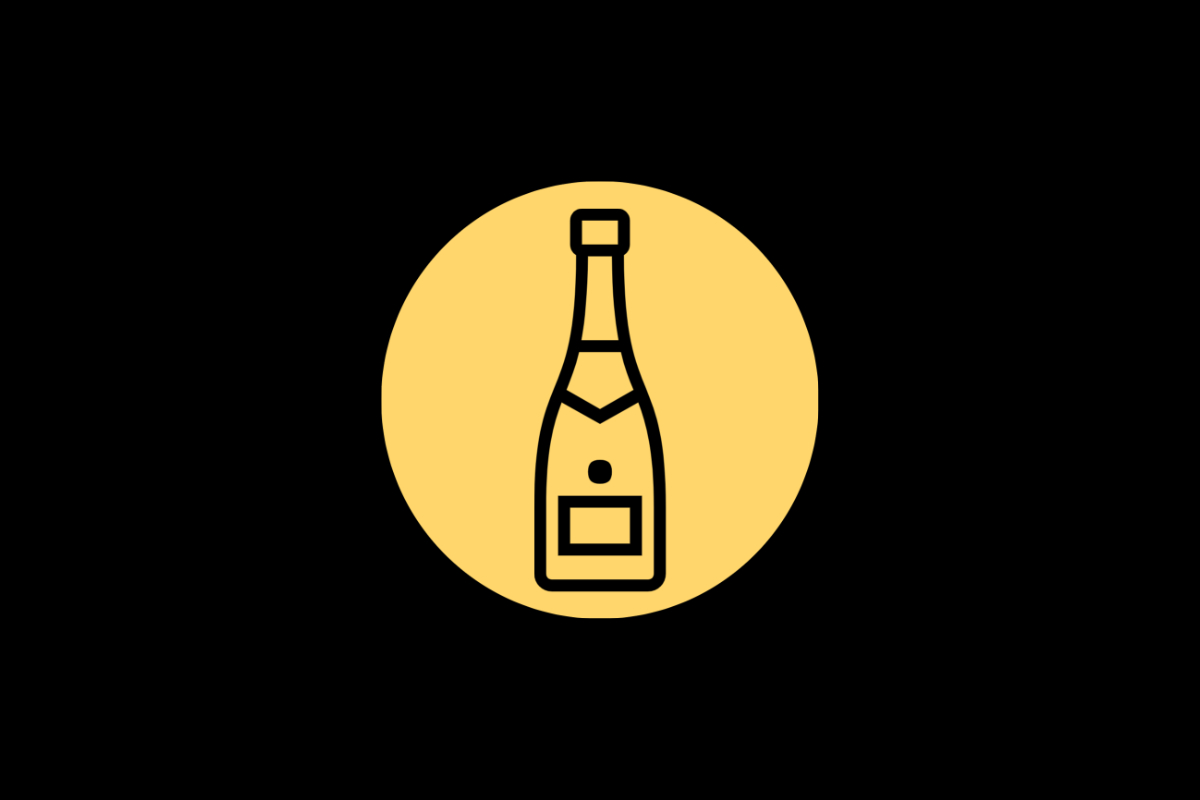The Magic of Liquid Champagne Yeast
If you’ve ever cracked open a bottle of champagne or sparkling wine, you’ve probably enjoyed the fizz and sparkle that makes these special beverages so unique. But have you ever stopped to think about what causes that effervescence? The answer is liquid champagne yeast, the tiny organisms that turn grape juice into one of the world’s most beloved beverages.
In this article, we’ll explore the wonders of liquid champagne yeast and what makes it so special. From its history to its uses, we’ll take a deep dive into the world of bubbly and the microorganisms that make it all happen.
The Origins of Liquid Champagne Yeast
Liquid champagne yeast has been around for hundreds of years, although winemakers didn’t always understand what it was or how it worked. It wasn’t until the 19th century that French winemakers discovered that the fizz in champagne was the result of a second fermentation in the bottle. They also realized that this second fermentation was caused by a specific strain of yeast, which they later named Saccharomyces cerevisiae var. bayanus.
Today, winemakers use specific strains of liquid champagne yeast to achieve the perfect flavor and effervescence in their wines. These strains have been specially selected and bred for their ability to thrive in the unique environment of sparkling wine production.
What is Liquid Champagne Yeast?
In simple terms, liquid champagne yeast is a single-celled organism that loves sugar. When it encounters sugar, it ferments it into alcohol, carbon dioxide, and other compounds that give wine its characteristic aroma and flavor. Different strains of yeast produce different flavors and aromas depending on the specific conditions they’re grown in and the types of grapes they’re used with.
Liquid champagne yeast is different from other types of yeast in several ways. First of all, it’s able to thrive in a high-alcohol, low-nutrient environment, which is exactly what you find in a bottle of champagne. These yeasts are also able to consume both simple and complex sugars, making them more versatile than other types of yeast.
Another unique feature of liquid champagne yeast is its ability to survive at low temperatures. This is important because sparkling wines are typically fermented and aged at lower temperatures to preserve the wine’s delicate flavor and aroma. Liquid champagne yeast is also able to produce higher levels of carbon dioxide than other yeast strains, which is what creates the signature bubbles in champagne and sparkling wine.
How is Liquid Champagne Yeast Used?
Liquid champagne yeast is an essential ingredient in the production of champagne, sparkling wine, and other carbonated beverages. Without it, these products wouldn’t have the same flavor, aroma, or bubbles that we all know and love.
When making champagne or sparkling wine, winemakers add a small amount of sugar and liquid champagne yeast to a bottle of still wine. This starts the second fermentation process, during which the yeast consumes the sugar and produces carbon dioxide. Over time, the carbon dioxide builds up in the bottle and creates the characteristic bubbles that we all associate with champagne and sparkling wine.
Many winemakers also use liquid champagne yeast to produce other types of wine, such as Chardonnay or Pinot Noir. This allows them to achieve a more complex flavor and aroma profile than they would get from using other types of yeast.
Choosing the Right Liquid Champagne Yeast
When choosing a liquid champagne yeast, winemakers have several options to consider. Some strains are better suited for producing sweeter wines, while others are better for dry wines. Some strains also produce more carbon dioxide than others, which can affect the intensity of the bubbles in the final product.
Other factors to consider when choosing a liquid champagne yeast include the pH and temperature of the fermentation process, as well as the type of grapes being used. By carefully selecting the right yeast strain for a particular wine, winemakers can produce a product that perfectly balances flavor, aroma, and effervescence.
The Benefits of Using Liquid Champagne Yeast
Using liquid champagne yeast in wine production offers several benefits. First of all, it allows winemakers to have better control over the fermentation process, which can result in a more consistent product. Liquid champagne yeast also produces higher levels of carbon dioxide than other yeast strains, which creates more bubbles in the final product.
Another benefit of using liquid champagne yeast is that it produces a more complex flavor and aroma profile. This is particularly true for sparkling wines, where the yeast’s ability to consume both simple and complex sugars can result in a more nuanced flavor profile.
Conclusion
Liquid champagne yeast is a tiny organism with a big impact on the world of wine. Without it, we wouldn’t be able to enjoy the unique and beloved flavors of champagne, sparkling wine, and other carbonated beverages. Whether you’re a winemaker or just a lover of bubbly, understanding the magic of liquid champagne yeast can help you appreciate the art and science behind this iconic beverage. So the next time you pour yourself a glass of champagne, raise a toast to the microorganisms that make it all possible!
